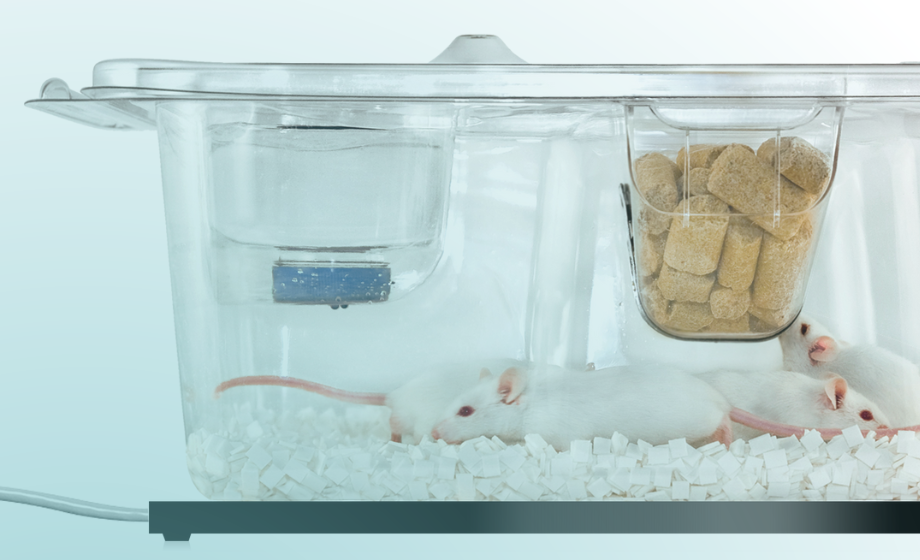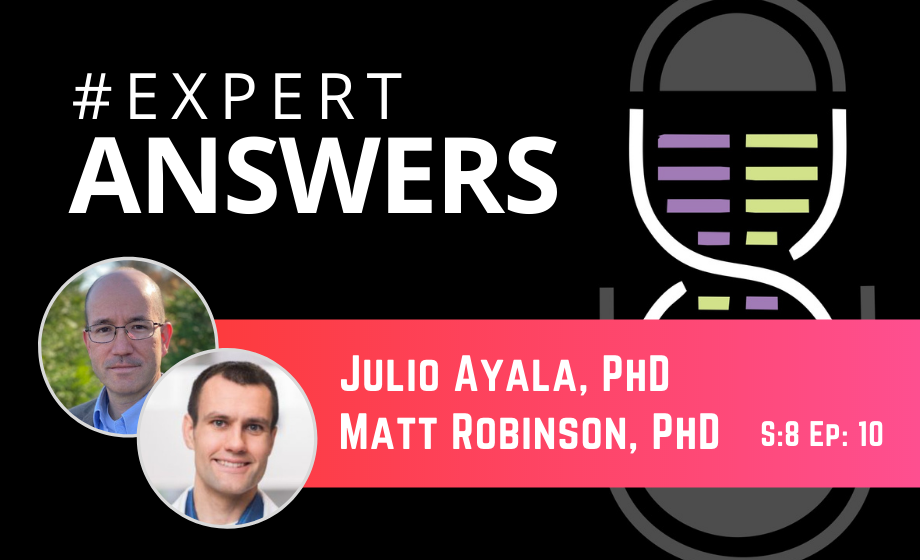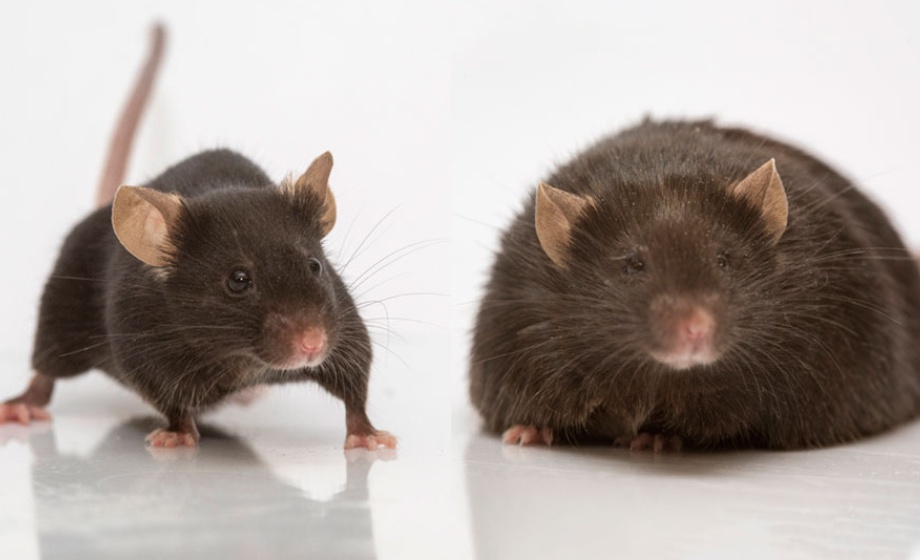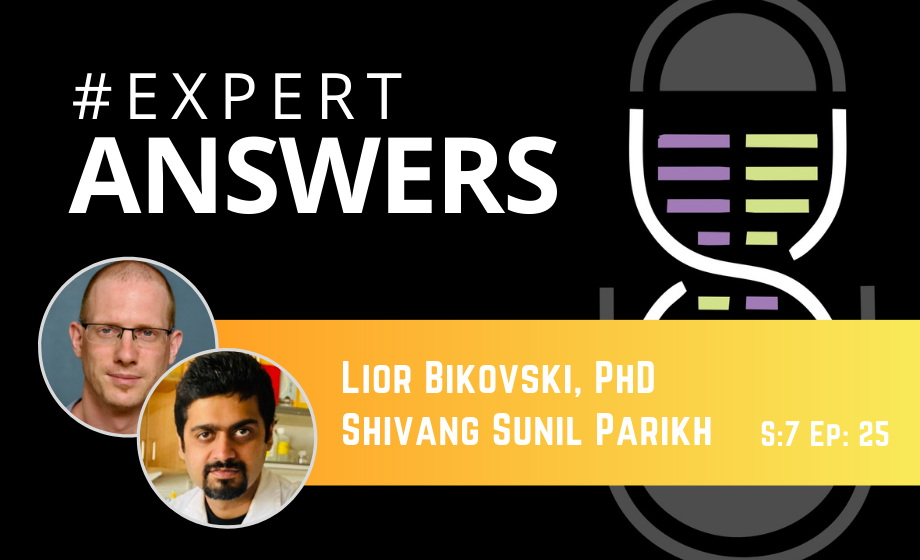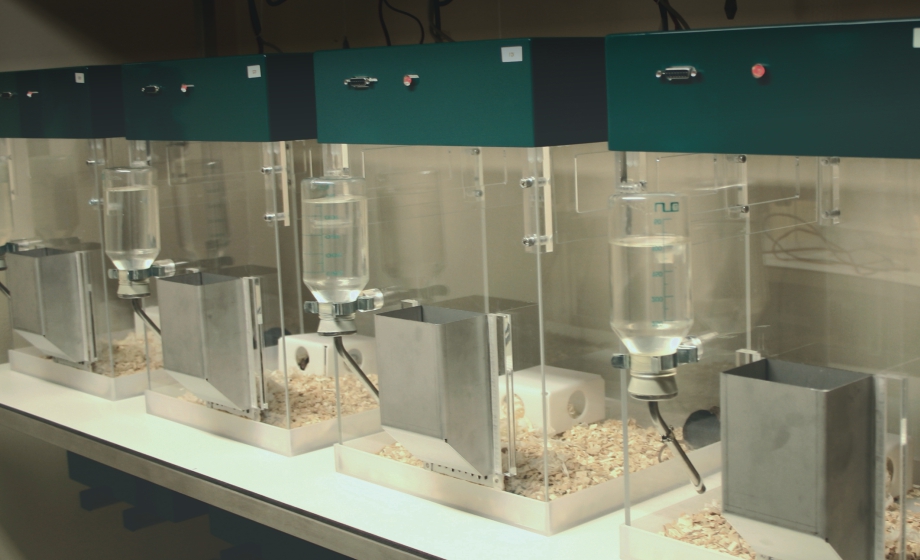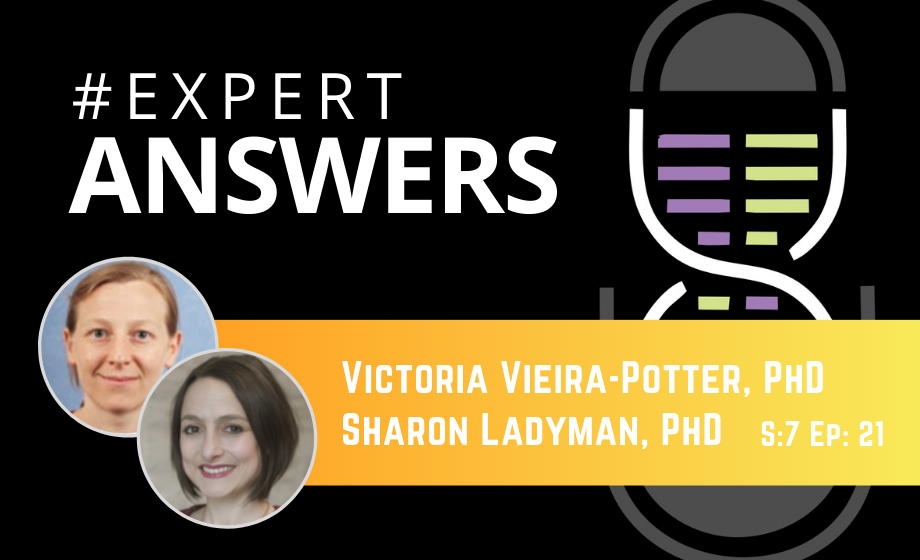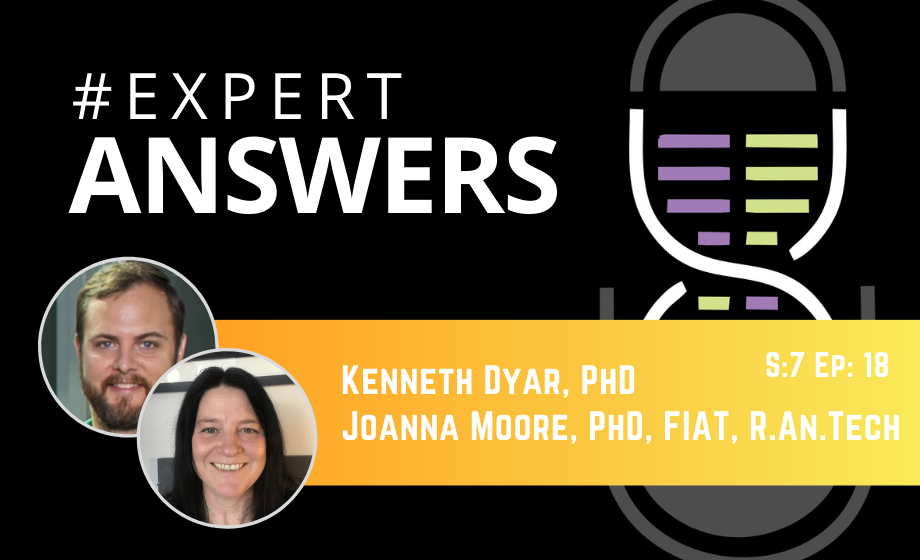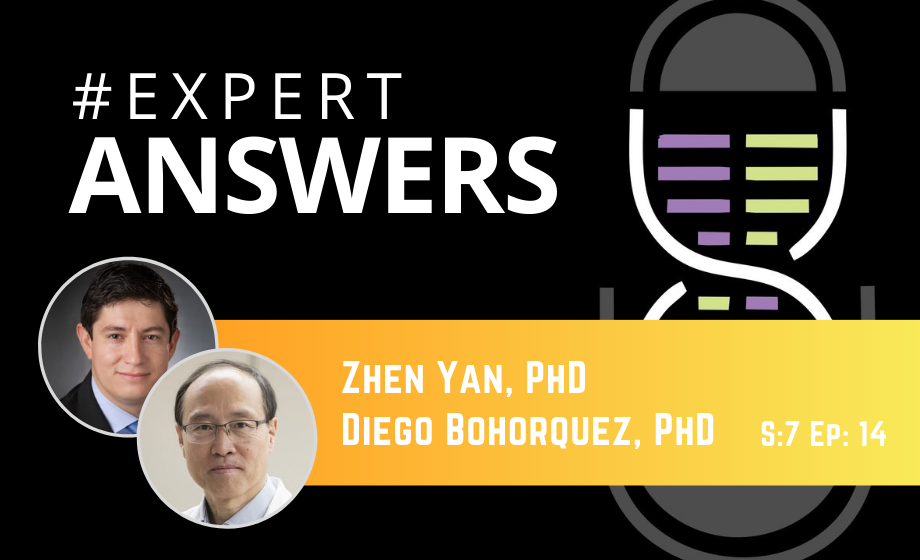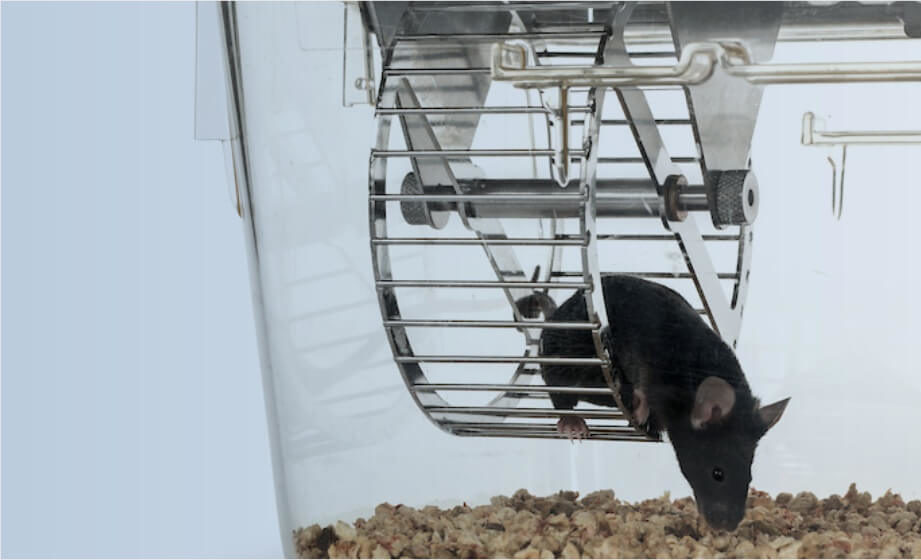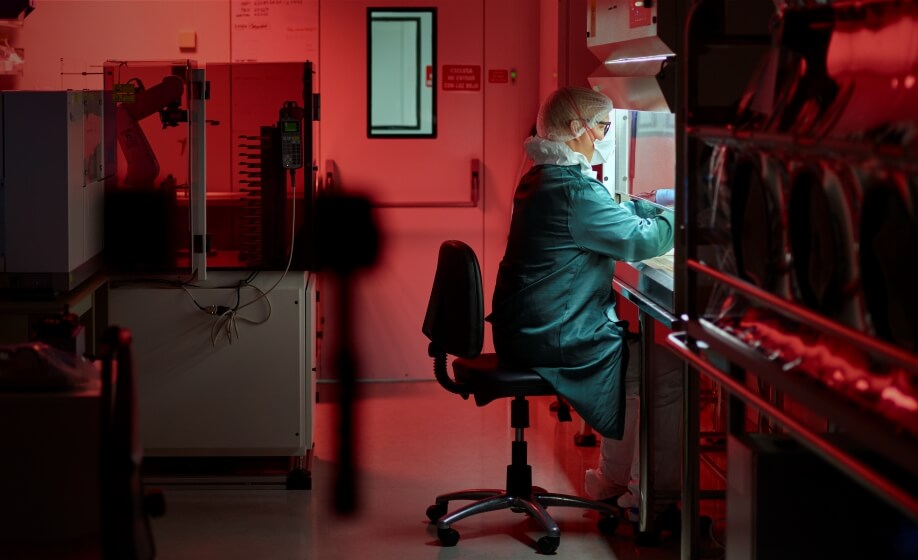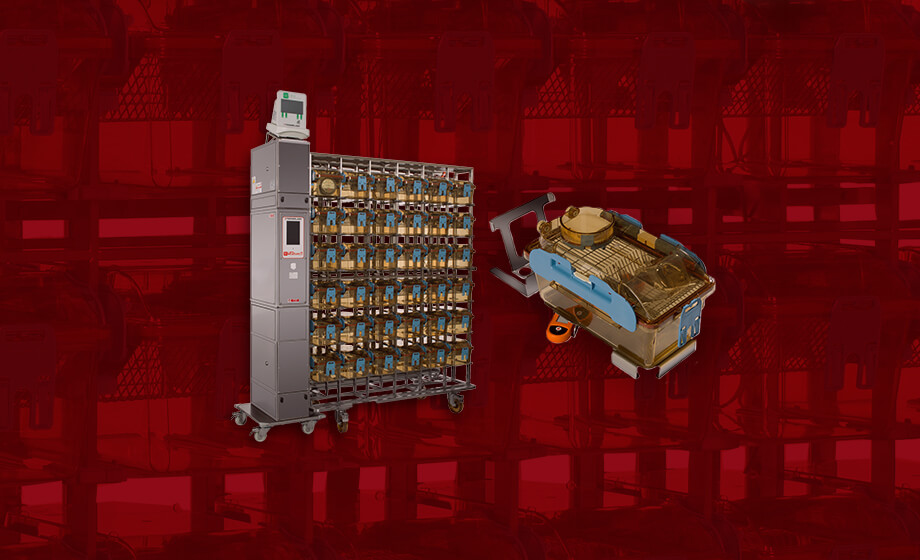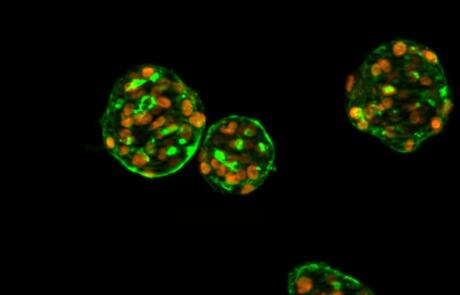Discussing Industry Trends in Home Cage Monitoring with UiD
InsideScientific recently interviewed Jose Gadea, VP of Sales and Marketing from Unified Information Devices, where he explained the company's approach to innovation and highlighted their RFID-enabled, Mouse Matrix system.
#ExpertAnswers: Jason Rogers and De Wet Wolmarans on Rodent Behavior Models
Jason Rogers and De Wet Wolmarans discuss two research protocols for tracking, quantifying, and analyzing behaviors in rodent models.
Innovative Approaches to Tracking and Quantifying Behavior in Rodents
Join Drs. Jason Rogers and De Wet Wolmarans for a deep dive into two research protocols for tracking, quantifying, and analyzing behaviors in rodent models.
#ExpertAnswers: Marc Reitman and Oksana Gavrilova on Thermal Physiology
Marc Reitman and Oksana Gavrilova discuss the effects of cold, hot, and near-thermoneutral environments on mouse energy expenditure, body temperature, and behavior.
Thermal Physiology: The Effects of Environmental Temperatures on Energy Expenditure in Mice
Marc Reitman, MD, PhD and Oksana Gavrilova, PhD discuss thermal physiology, energy expenditure, and thermoneutrality in a mouse model.
#ExpertAnswers: Stefano Gaburro and Brun Ulfhake on Aging Science
Join Stefano Gaburro and Brun Ulfhake as they present methods of caged rodent monitoring and better animal welfare that will lead to improved studies of neurodegenerative disease models.
#ExpertAnswers: Alicia Brantley on Novel Object Tests
In this episode of Expert Answers, join Alicia Brantley, PhD as she answers questions from a recent webinar on Novel Object Tests.
From “Artificial” to “Real”: What 24/7 Home Cage Monitoring Teaches Us In Pre-Clinical Neurodegenerative Disease Models
Experts discuss an innovative and scalable home cage monitoring solution called Digital Ventilated Cage (DVC), showing how it can be used to study neurodegenerative diseases and monitor biorhythmicity of small rodents.
#ExpertAnswers: Julio Ayala & Matt Robinson on Stress, Exercise, Metabolism and Obesity
In this episode of #ExpertAnswers join Dr. Julio Ayala and Dr. Matt Robinson as they answer questions from a recent webinar where they [...]
#ExpertAnswers: Scott Hall on Attention Deficit Hyperactivity Disorder (ADHD)
Dr. Scott Hall answers questions relating to his research on impulsive behaviors commonly associated with Attention Deficit Hyperactivity Disorder (ADHD).
Increasing Reproducibility and Reliability of Novel Object Tests Through Standardization and Automation
In this webinar, Dr. Alicia Brantley summarizes some of the challenges to reproducing novel object tests and the physical and technological solutions she's exploring to overcome these challenges.
Comfort Food: Effects of Stress and High-Fat Diets on Neuronal Activity and Mitochondrial Remodeling in Mice
Julio Ayala, PhD and Matthew Robinson, PhD share their research focusing on feeding behavior in mice and the effects of stress and exercise on metabolism. They will discuss neuronal activity and high-fat diets as well as mitochondrial remodeling and exercise training in mouse models of obesity.
Science of Aging: A Physiological & Translational Perspective
Science of Aging - A Physiological & Translational Perspective: A webinar series covering fundamentals, late-breaking research and novel discoveries in the field of aging science.
Reductions in Impulsivity in an Animal Model of Attention Deficit Hyperactivity Disorder (ADHD)
Dr. F. Scott Hall presents his research that focuses on treatments for impulsive behavior commonly associated with Attention Deficit Hyperactivity Disorder (ADHD).
#ExpertAnswers: Lior Bikovski & Shivang Sunil Parikh on Home Cage Monitoring Systems for Behavioral Research
In this episode of Expert Answers, Lior Bikovski and Shivang Sunil Parikh share how to optimize the use of home cage monitoring systems for behavioral research.
Lessons From The Core: Longitudinal Assessment vs. Point Sampling of Behaviors in Mice
In this webinar, experts at The Myers Neuro-Behavioral Core Facility at Tel-Aviv University address specific advantages and limitations of today's home cage monitoring (HCM) technology used in behavioral research.
#ExpertAnswers: Sharon Ladyman & Vicki Vieira-Potter on Metabolic Phenotyping
In this episode of #ExpertAnswers join Sharon Ladyman, PhD and Victoria Vieira-Potter, PhD as they answer questions from a recent webinar where they [...]
#ExpertAnswers: Kenneth Dyar & Joanna Moore on Automated Home Cage Activity Monitoring
Kenneth Dyar and Joanna Moore discuss applications of automated home cage activity monitoring and how it can be used to improve animal welfare, optimize study design and drive animal behavior and physiology research.
#ExpertAnswers: Zhen Yan & Diego Bohórquez on Obesity
Zhen Yan and Diego Bohórquez present case studies demonstrating the use of automated home cage phenotyping for preclinical obesity research.
From Pregnancy to Menopause: Studies of Physical Activity, Behavior, and Energy Balance in Mice
Sharon Ladyman and Vicki Vieira-Potter share their research on the effects of hormones and pregnancy on daily activity in mice.
Case Studies in Home Cage Monitoring: Rodent Behavior, Circadian Biology and Animal Welfare
Joanna Moore and Kenneth Dyar present applications of the DVC® system from different research perspectives and discuss how home cage monitoring can be used to study animal model development, physiology and behavior
Cravings and Weightlifting Squats – Technologies that Explore New Metabolic and Behavioral Research
Zhen Yan and Diego Bohórquez present case studies demonstrating the use of automated home cage phenotyping for preclinical obesity research.
#ExpertAnswers: John Hasenau and Stefano Gaburro on Biosafety in Animal Modeling
John Hasenau and Stefano Gaburro answer questions from a webinar where they discuss current biosafety requirements and what home cage monitoring can teach us in bioexclusion and biocontainment studies.
Improving Animal Modeling with 24/7 Home Cage Monitoring in Bioexclusion & Biocontainment Mouse Housing Systems
Experts discuss current biosafety requirements and what home cage monitoring can teach us in bioexclusion and biocontainment studies.
#ExpertAnswers: Kaushikaram Subramanian & Volker Enzmann on the Optomotor Reflex
In this episode of Expert Answers, Drs. Subramanian & Enzmann share case studies and experimental data from various applications using a newly developed automated system to measure vision based on the optomotor reflex.
